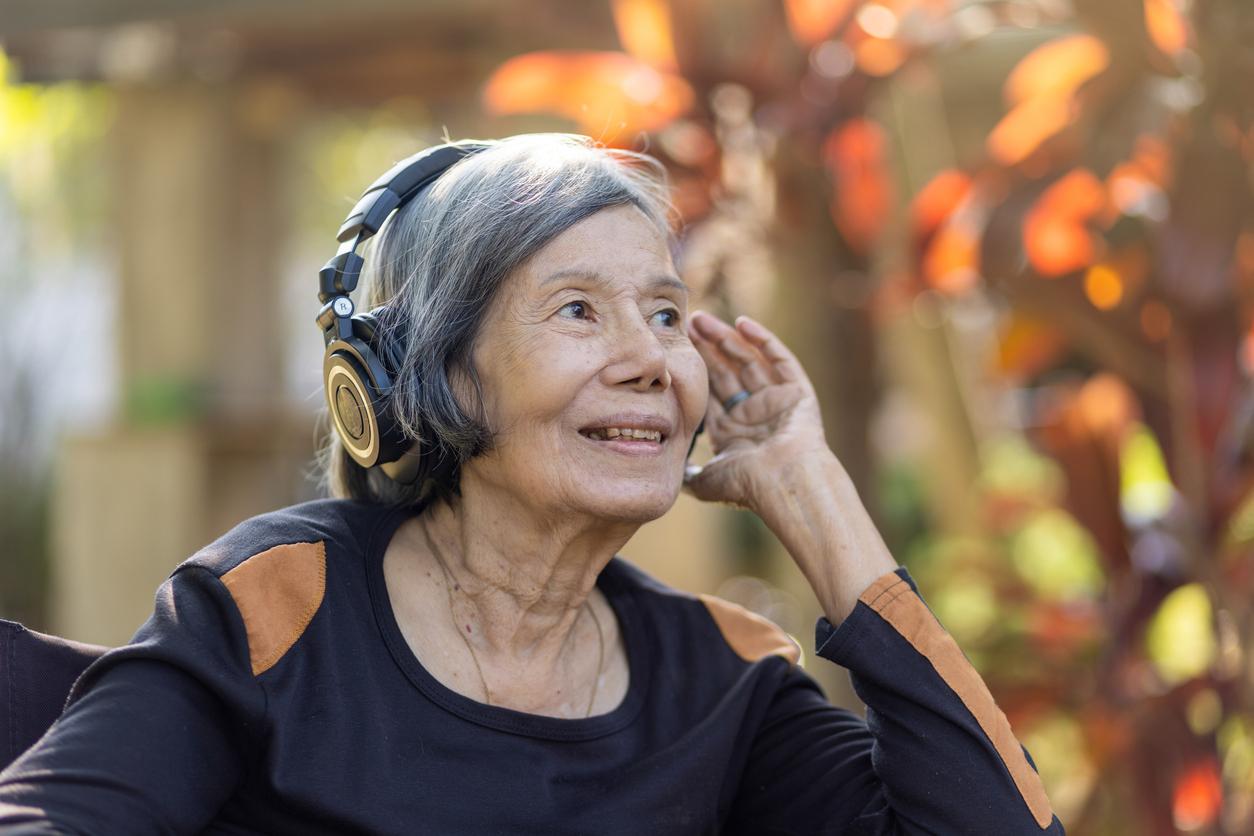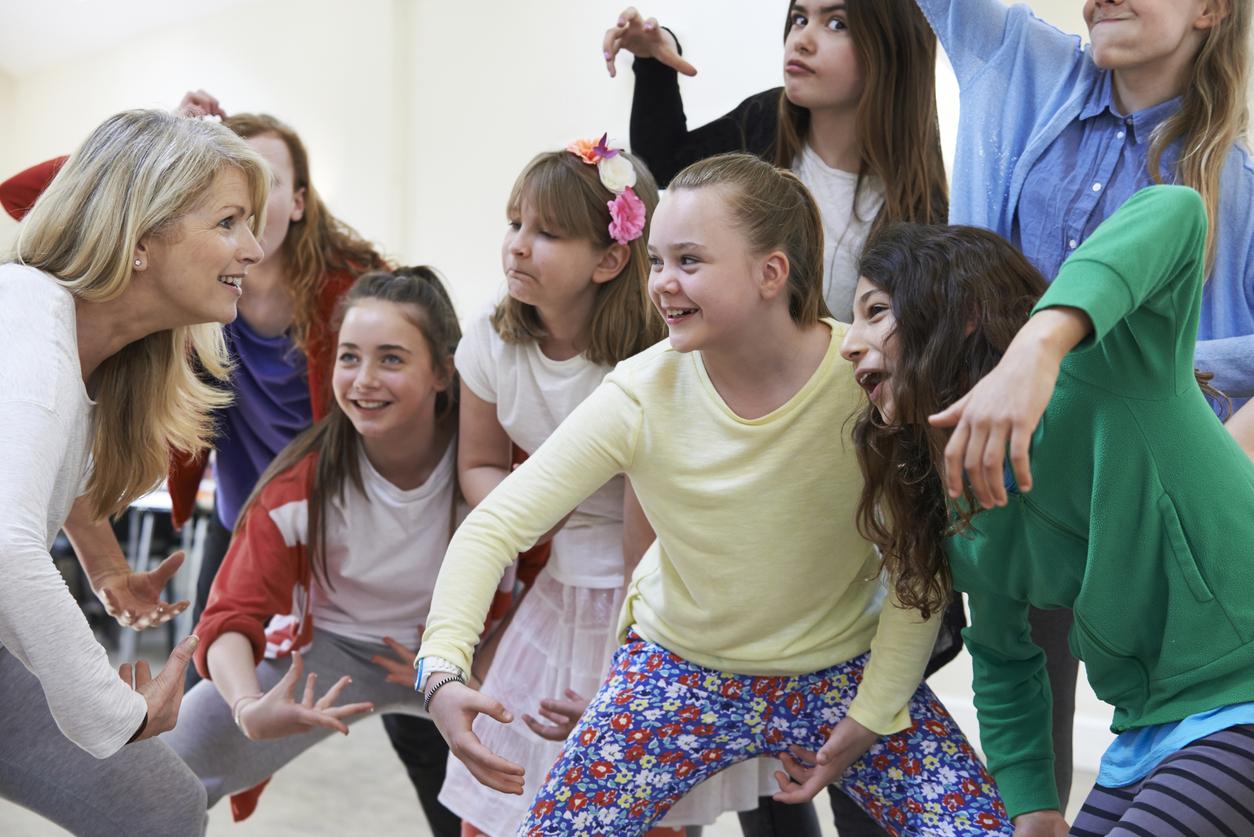The way we dance says a lot about our personality. Finnish researchers have managed to identify people based on their dance steps.

Show me how you dance, I’ll tell you who you are. This is the discovery made by Finnish researchers from the University of Jyväskylä (Finland) who published their results in the Journal of New Music Research. For several years they have been studying how and why music affects us and what our dance moves say about us.
The dance steps, a fingerprint
Chance sometimes does things well. As they sought to distinguish the musical style based on a person’s dance moves using a computer algorithm, the researchers were able to identify the participants based on their dance moves. A goal that they imagined impossible since they thought that the accuracy of identifying a person based on their dance would not exceed 2%!
“It seems that a person’s dance moves are a kind of fingerprint,” explains Dr. Pasi Saari, co-author of the study. Each person has a unique motion signature that remains the same regardless of the type of music being played.”
More difficult identifications according to the style of music
For their study, the researchers brought together 73 people whom they asked to dance to several types of music: blues, country, electronic, jazz, metal, pop, reggae and rap. Their algorithm, which was supposed to identify musical style based on dance moves, was a failure since it was able to identify the correct genre less than 30% of the time. On the other hand, their computer managed to identify which person is dancing in 94% of cases.
When they analyzed the results further, the researchers found that certain genres of music had a greater effect on dance moves than others. For example, the computer was less accurate in identifying participants when dancing to metal music. “There is a strong cultural association between metal and certain types of movement, such as headbanging, explains Emily Carlson, author of the study. It’s likely that Metal made more dancers move the same way, which makes it harder to tell them apart.”
This discovery has made the researchers think a lot. “We have many new questions to ask, such as whether our motion signatures remain the same throughout our lives, whether we can detect differences between cultures based on these motion signatures, and to what extent humans are able to recognize individuals from their dance moves against computers. Most research raises more questions than answers,” asks Emily Carlson.
.















